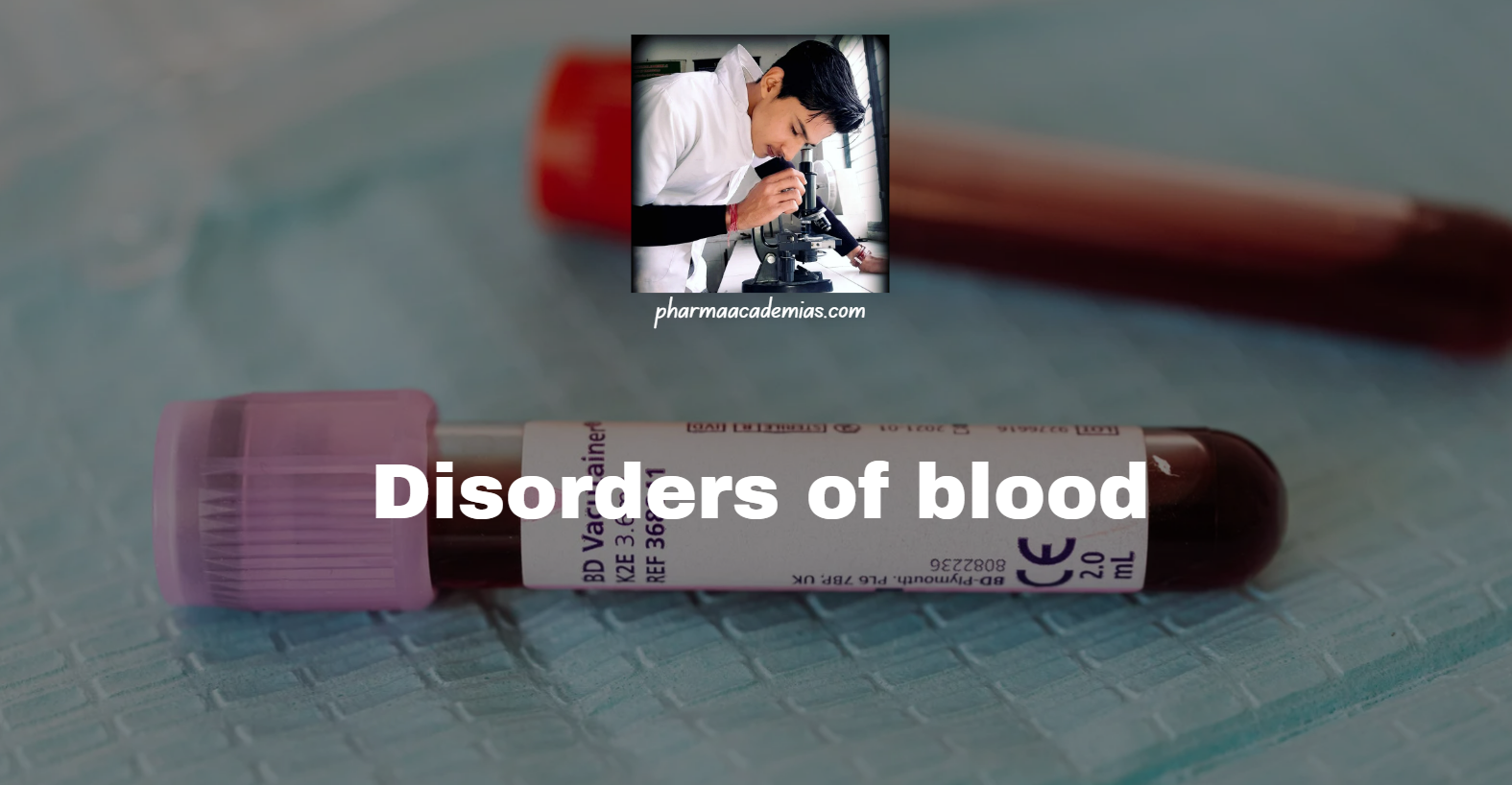Nervous system: Structure and Functions of the Sympathetic and Parasympathetic Nervous Systems
Definition of the Nervous System The nervous system is a highly specialized and intricate network of cells that regulates and coordinates various physiological processes in the body. It is responsible for receiving external and internal stimuli, processing the information, and generating appropriate responses. The nervous system ensures proper communication between different organs, enabling an organism … Read more










